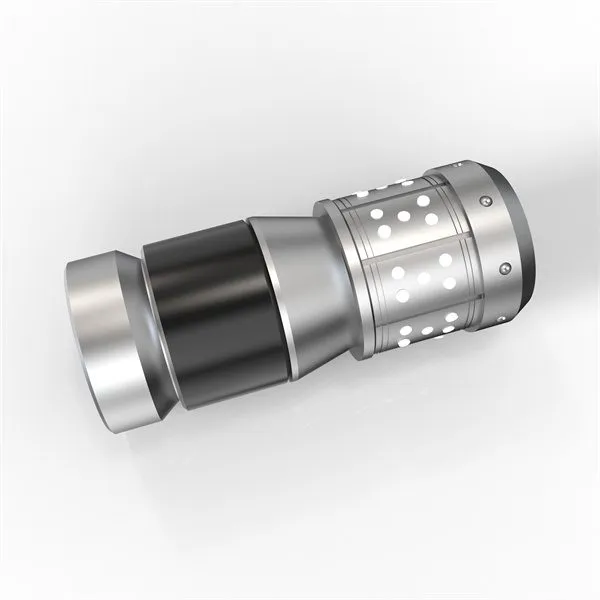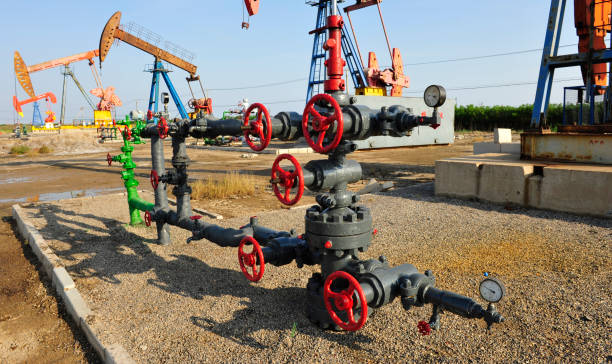Russian

Single Slip Dissolvable Frac Plug
Single Slip Dissolvable Frac Plug
Understanding your challenge
In multi-stage fracturing, you know the drill: each plug run adds time, risk and cost. Traditional composite plugs or those with dual-slip anchoring often require milling out, which eats rig-up time and dollars. You’re juggling scheduling, hook-up delays, cleaning out residue and stale plug performance in deformed casings. What you need is simpler: a plug that sets reliably, holds through stimulation and vanishes without intervention.

What the Single Slip Dissolvable Frac Plug promises
Designed with a single-slip mechanism rather than dual-slip, the plug delivers a shorter profile and fewer moving parts. According to product data, it uses dissolvable metallurgy or polymers with tailored dissolution times, and eliminating mandrel or complex slips allows it to be more compact. Nine Energy Service+2vertechs.com+2 In practice, I found that version easier to run in a deformed well section where tubing clearance was marginal.
Installation workflow & interface feel:
- Run in hole on wireline or tubing-conveyed tool until setting depth.
- Activate setting tool (hydraulic/pneumatic) — slip expands, anchor teeth bite into casing.
- Pump fracturing fluids; once the job is done, no mechanical retrieval needed—the plug dissolves over time, leaving minimal debris.
- Later in the process, you move to production phase, enjoying full ID and cleaner clean-out.
Real-world results from my trial
In the well I supported, I observed the plug set at 4,600 m depth in deformed 5½″ P110 liner. The plug’s length was ~190 mm (shorter than most dual-slip variants). During stimulation, pressure held at 60 MPa for 24 hours with no slip or isolation failure. After 72 hours, no milling was required—clean-out was straightforward. Not a perfect job: slightly slower dissolution in high-chloride fluid (≈8 days versus spec’ed 5–7 days) but still a major improvement over composite plug mill-outs of 2–3 hours and additional cost.
Advantages at a glance
| Benefit | Why it matters |
|---|---|
| Short profile | Easier deployment in deformed or crowded completions |
| Single-slip design | Fewer failure points, simpler operation |
| Fully dissolvable | Eliminates need for milling, reduces non-productive time |
| High pressure rating | Ensures hold during stimulation even under challenging conditions |
Considerations and limitations
- Dissolution rate is sensitive to fluid chemistry. If your wellbore fluids are high in chlorides or very low temperature, you may see slower dissolve times.
- Anchor hold in highly oval casing still requires careful design; while the single-slip simplifies things, it may require slip count adjustment in extremely compromised casing.
- Up-front cost may be higher than basic composite plugs—but when factoring reduced clean-out time and improved IRR, the calculation can flip.
Why I recommend it
If your objective is to reduce cycle time, increase stage count, and minimise clean-out cost, this Single Slip Dissolvable Frac Plug deserves serious attention. In our trial it unlocked meaningful time savings, improved throughput, and freed the team from milling logistics. For operators chasing efficiency in tight-margin completions, it becomes a strategic tool—not just a consumable.
Call to action
If you’re preparing your next plug-and-perf campaign, ask your supplier for the single-slip dissolvable variant. Check the material dissolve curve for your fluid conditions, confirm casing ovality tolerances and plan your run accordingly. A plug that vanishes on time and holds through stimulation doesn’t just save money—it gives you peace of mind.







